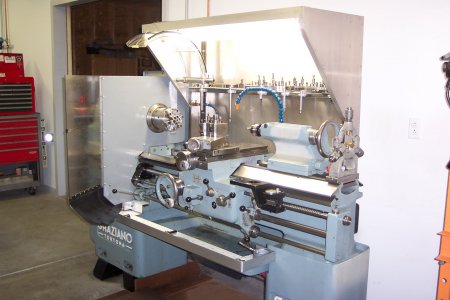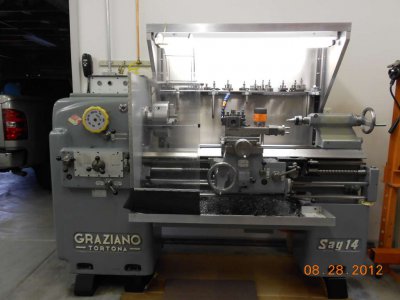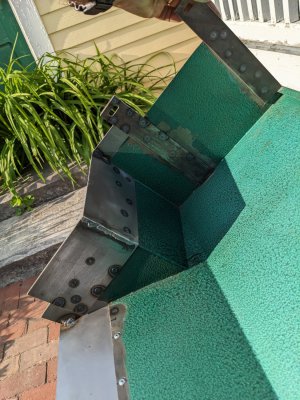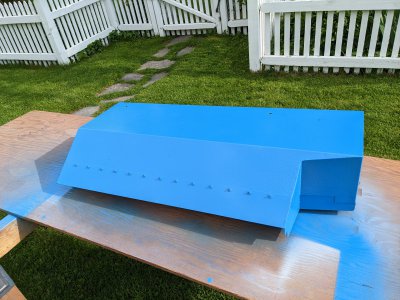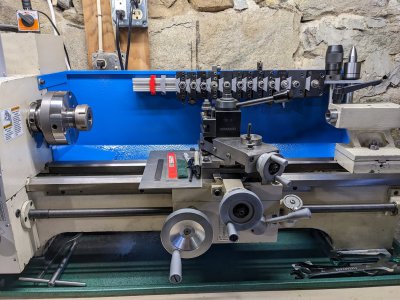They have their place. For my tastes, not in this application.
I hear that. They will absolutely make for solid, sound construction, but there's something about them... I'd rather things be perfect, but sometimes (not alwasys, sometimes) I'd rather look at an ugly popcorn weld that works, with the shame of having done it myself, than to see the pop rivet. There's nothing wrong wit them, but still..... There's something about 'em....


